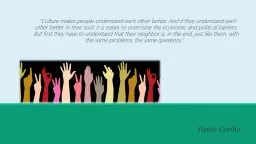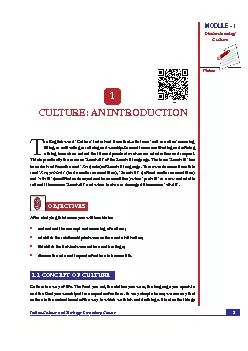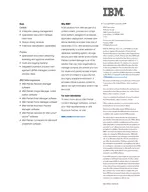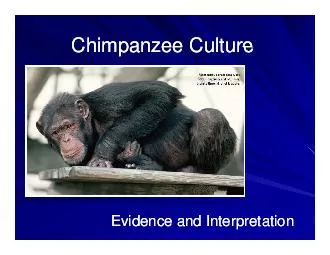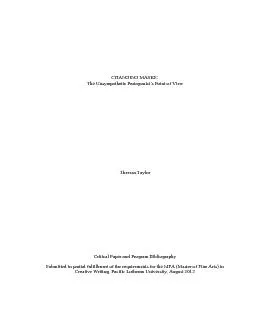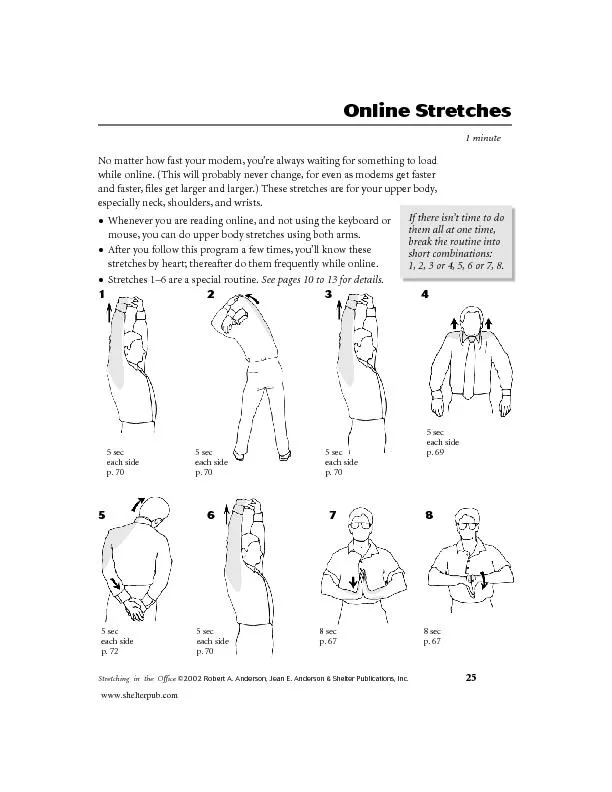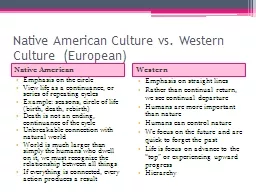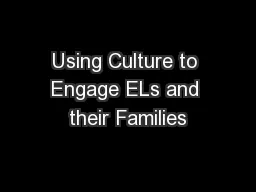PPT-“Culture makes people understand each other better. And if they understand each other
Author : mercynaybor | Published Date : 2020-06-16
Paulo Coelho THE INFLUECE OF CULTURE ON BILINGUAL ENGLISH LANGUAGE TEACHERS IDENTITY RECONSTRUCTION AN APPRAISAL ANALYSIS Molina Solórzano Jessica Faculty of Languages
Presentation Embed Code
Download Presentation
Download Presentation The PPT/PDF document "“Culture makes people understand each ..." is the property of its rightful owner. Permission is granted to download and print the materials on this website for personal, non-commercial use only, and to display it on your personal computer provided you do not modify the materials and that you retain all copyright notices contained in the materials. By downloading content from our website, you accept the terms of this agreement.
“Culture makes people understand each other better. And if they understand each other: Transcript
Download Rules Of Document
"“Culture makes people understand each other better. And if they understand each other"The content belongs to its owner. You may download and print it for personal use, without modification, and keep all copyright notices. By downloading, you agree to these terms.
Related Documents

